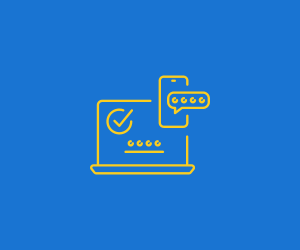
A quick overview of MFA Cybersecurity Short - Endsight
What is Shodan?
Shodan exposes vulnerable systems and why security through obscurity is no longer effective.
Why Remote Access VPNs Are No Longer Safe
Learn why remote access VPNs are now a security risk and discover how Zero Trust Network Access (ZTNA) offers a safer..
Email Threats - Phishing
Phishing is a major cybersecurity threat. Learn how proactive phishing testing and training can protect your business..

